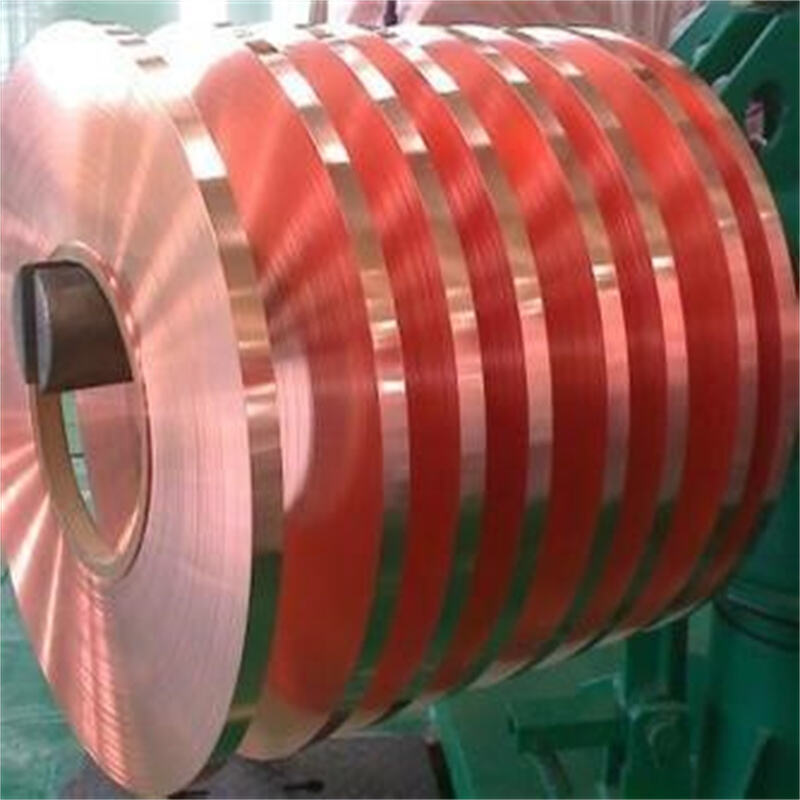Copper, the highly useful being metal used everywhere in our life daily. Copper Uses Copper is used as electrical wires. The reason is because copper does a really good job at assisting electricity in flowing from one area to the other. It is a great conductor of electricity so it moves the electric current very freely. Copper is not just used in wires but it also can be found pipes, coins and jewelry. I wonder if you know: But scientists can make copper even better? They do this by mixing in certain trace elements with the copper. These trace elements can benefit copper in a lot of ways and today we are going to discuss how they do so.

How To Make Copper Stronger And Conduct Electricity With It?
Copper is already a great conductor of electricity, but scientists are finding ways to enhance it even more. It also helps the electricity flow even better when its High enough %silver or nickel 10% silver minimum Discoperate. This is very important for, say electric wires where the better the conductivity of a wire more efficiently electricity can be transported through it.
As well as encouraging electricity to flow, those additions can also strengthen copper. COPPER PRODUCTS by Huansheng Alloy Technology is a decent metal but it not all that strong by itself. That scientist can make copper so much stronger, if he mixes such elements like zinc or tin with it. This increased toughness is important during usage of copper in construction, or other works for that matter as it provides more strength to the metal due which can hold a high weight over itself without breaking either bending.
How to Protect your Copper From Corrosion?
Corrosion is the process of metal breaking down. It happens through water or air contact, and this is not great as it will weaken the metal in time. On its own, copper has good resistance to corrosion. However trace elements added periodically can help it resist even better the action of corrosive environments and this recently discovered appreciation opens new paths for researches in Material Science at all definitely trends).
Some elements — such as chromium or phosphorous added to 1 4 copper plate by scientists, making it more corrosion-resistant than otherwise possible. Copper is well suited to environments wherever it may get damp, or moist from steam and air exposure so this is all good news. When added to copper, it would make materials more durable and resistant toward corrosion, making them last longer overall as well as require far less maintenance.
For a Smooth and Shiny Copper
The Finish of The Metal is Quite Crucial This designates a metal's smooth reflective surface We all know how bright and beautiful 1mm copper strip is on its own, but scientists can make it even sexier. With very small amounts of elements like magnesium or calcium, they can change the appearance of copper.
This is particularly important with items that you see — such as sculptures or decorative objects. Copper looks more attractive to the naked eye when its surface is smoother or shinier. So being able to make copper even more attractive directly does bode well in art and design that we see quite a bit of shiny metals, so people do appreciate what this looks like.
Assistance Provides to Copper for Easy Stretched and Shapes
Ductility explains the tendency of metals This speaks to a metal's ability be deformed in tension before rupture. Meanwhile, maChinability refers to how easy a metal is to cut or shape. Copper is already quite ductile in its electrolyte-refined state, but it turns out that the addition of specific alloys can create a whole new level of malleability.
For this reason, when copper is alloyed with elements like phosphorus or manganese its properties are improved in that it can be better stretched and shaped. Very useful when creating jewelry or tools Since copper is more malleable and easier to work with, it makes artist's or worker's jobs of creating pleasant designs and functioning items much less comparable. The better it bounces and morphs the more opportunity for creative work.
A Perfect Copper: Mixing Metals
Alloying is a method where new material is obtained by mixing the two or far more metallic constituents. This is where accurate trace element alloying comes in., scientists are careful to add only a very tiny amount of each trace element to the copper. This mixing was done with great care because adding too much of a trace element is actually how the copper gets worse instead so better.
And again, the best copper will always be a result of scientists identifying which trace elements (and in what ratios) are combined. Then, by mixing these different elements to just the right balance they can ensure that copper will have exactly the properties it needs for usages. A thoughtfulness methodology, which probably will result in shadings of invention that could soften the potential uses for copper out across its diverse applications.

 EN
EN











































